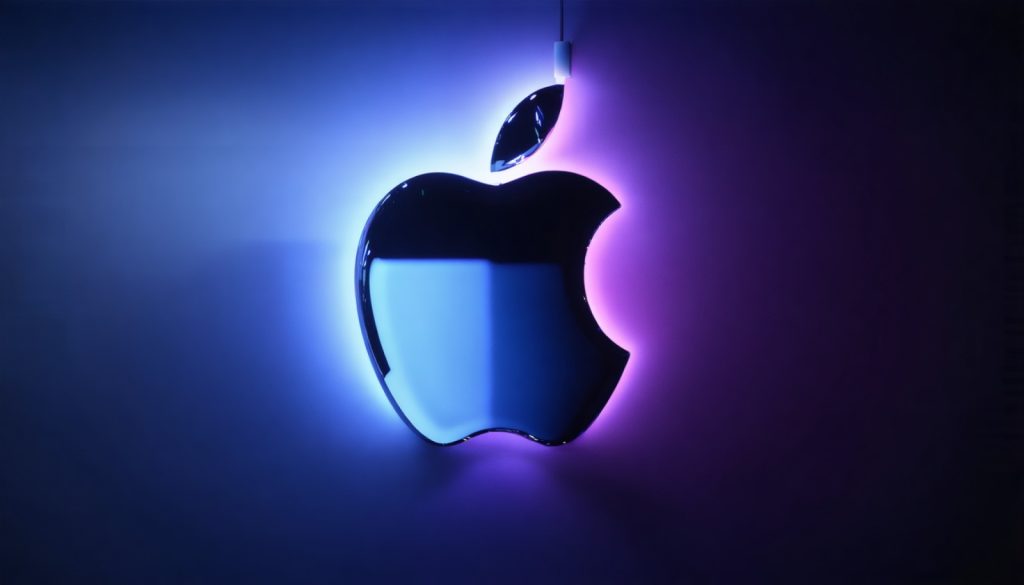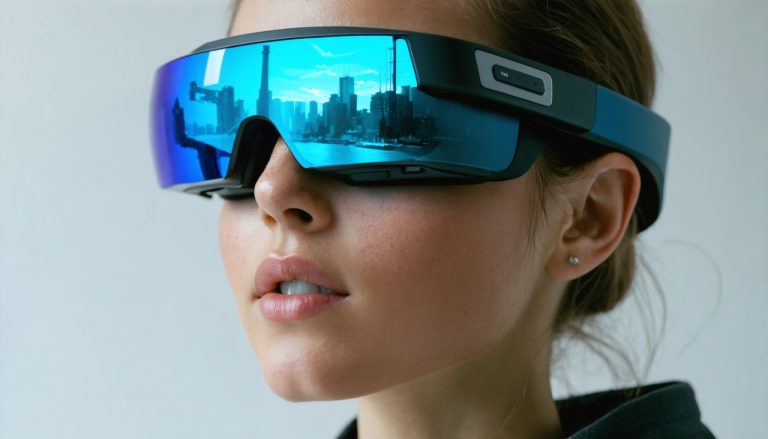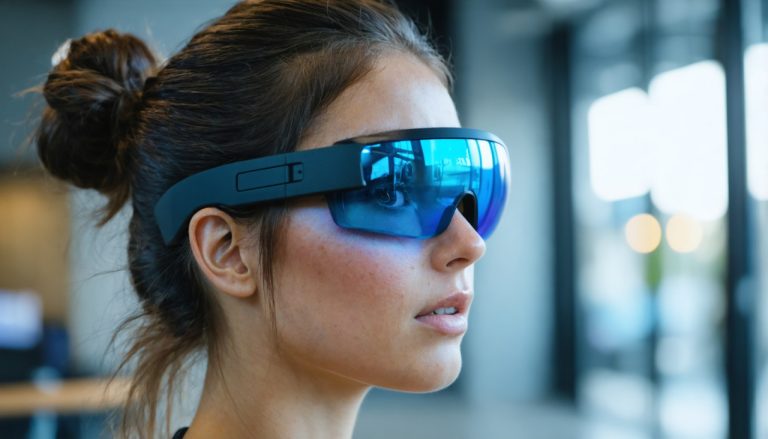
- Apple users are questioning whether the company is resting on its past successes while competitors gain ground.
- The Apple Watch, once a symbol of innovation, faces criticism for lackluster battery life and design stagnation.
- Apple’s AI endeavors, branded as Apple Intelligence, fall short compared to rivals like Microsoft and Google.
- Interoperability issues between Apple’s ecosystem and Windows limit user experience, prompting concerns over Apple’s closed system approach.
- Despite the growing popularity of foldable phones, Apple has yet to enter this market segment.
- The upcoming 2025 WWDC is crucial for Apple to showcase transformative innovations and maintain its pioneering status.
- The outcome of Apple’s strategic choices will determine whether it can remain a leading innovator or if it becomes a complacent industry player.
As the sun sets on another year of tech innovation, Apple’s passionate devotees find themselves grappling with an unsettling question: has the Cupertino giant started to take its loyal users for granted? Despite its towering presence in the tech landscape, recent grumblings suggest that Apple might be resting on its laurels while competitors make inroads.
The Apple Watch—A Reminder of Past Glory
When the Apple Watch debuted in 2015, it was a resounding statement of intent from Apple—a bold leap into the wearables market. Fast forward to the present, and the magic seems to have dissipated. With battery life woes persisting like an unsolved mystery and the design language growing tired, what was once a symbol of innovation now feels like a relic stuck in time. Even the latest models fail to challenge the battery benchmarks set by competitors like Garmin. The once-celebrated Apple Watch now faces dwindling enthusiasm, as evidenced by a dip in global smartwatch shipments.
Apple Intelligence—An AI Revolution That Wasn’t
Apple’s foray into artificial intelligence, under the banner of Apple Intelligence, promised much but delivered little that captured the imagination of the masses. While rivals like Microsoft and Google integrate AI into everyday life, Apple’s offerings remain scattered, lacking that “aha” moment that turns heads. The absence of a distinguishing use-case leaves tech enthusiasts longing for the day Apple makes AI indispensable, a tantalizing promise that’s so far been left unfulfilled.
Cross-Platform Woes—A Struggle for Seamless Integration
It’s the era of interconnected devices, yet Apple’s ecosystem remains frustratingly closed to the millions who navigate both Apple and Windows territories. Simple tasks become tedious obstacles, with iPhone users on Windows platforms experiencing a clumsy dance of incompatible features. Despite sporadic improvements like better iCloud integration, this lack of seamless interoperability stifles user experience, raising the question: is Apple’s insistence on maintaining a walled garden turning from a strength into a liability?
Foldable Phones—The Uncharted Horizon
As the market embraces the foldable phone revolution, led by Samsung and joined by other major players, Apple seemingly stands on the sidelines. What was merely speculative chatter has gained urgency as foldables become mainstream, yet Apple has offered no glimpse into its foldable future. This lingering absence begs the question: is Apple willing to evolve its iconic design in response to a rapidly maturing market, or will it miss the generational shift?
WWDC 2025—The Moment of Reckoning
Apple’s upcoming Worldwide Developers Conference in June offers a crucial opportunity to confront mounting challenges. This is a moment ripe for action—a chance for Apple to galvanize its user base with bold, visionary steps like a redesigned Apple Watch with extended battery life, a transformative AI experience, seamless iPhone-Windows integration, and the unveiling of a foldable iPhone that redefines expectations. The capabilities are undoubtedly there, but will Apple seize the moment?
As Apple stands at the crossroads, the world watches eagerly, waiting for the tech titan to reaffirm its reputation as an innovator. The outcome of this pivotal moment will shape perceptions of Apple as either a resilient trailblazer or a complacent giant coasting on past glories.
Is Apple Losing Its Innovative Edge? Exploring the Silent Challenges Facing the Tech Giant
The Apple Watch—Challenge for Competitors
What once was the pinnacle of wearable technology seems to face stagnation. The Apple Watch’s battery life remains one of its significant drawbacks. According to industry testing, the Apple Watch typically lasts about 18 hours on a single charge, which lags behind competitors like Garmin, whose devices can last days or even weeks. This persistent issue raises questions about whether Apple is prioritizing prolonged usability or focusing merely on incremental design changes.
For those committed to maximizing their device’s performance, a practical tip is to regularly update to the latest watchOS, as updates often include battery life optimization features. Moreover, tweaking settings like always-on display, background app refresh, and motion sensors can conserve battery power.
Apple Intelligence—What Needs to Change?
Apple has traditionally excelled at user-focused innovation, but its AI endeavors haven’t captured the public’s imagination to the extent that competitors like Google and Microsoft have. Google’s AI innovations, such as advanced voice recognition, genuinely ease daily tasks. Apple, despite having the potential, remains behind in delivering significant, life-changing AI applications.
For users keen on enhancing their device’s AI capabilities, integrating third-party apps like Siri Shortcuts can automate regular tasks and personalize responses, making devices more efficient in everyday use.
Cross-Platform Woes—Opportunity for Improvement
Apple’s ecosystem is lauded for its seamless user experience, but it falters when interfacing with non-Apple devices. Tasks like file sharing and email synchronization are often needlessly cumbersome between macOS, iOS, and Windows systems. Apple’s attempts at integration, like iCloud for Windows, leave much to be desired in terms of user-friendly operation.
If you’re navigating these platforms, consider using software solutions like Google Drive or Microsoft OneDrive for more effortless file synchronization across devices. These platforms offer reliable and intuitive interfaces for users who work within multiple operating systems.
Foldable Phones—Future or Fad?
As Samsung and others dominate the foldable market, Apple’s inactivity prompts questions about its next move. Industry analysts speculate that Apple is deliberately taking its time to refine the foldable concept, ensuring it perfectly aligns with its design language and usability standards before launch.
For potential buyers of foldable phones, an important consideration is the durability of flexible displays and hinges in these transformative designs. Current market offerings indicate progress, but whether these devices can endure long-term usage remains under broad scrutiny.
WWDC 2025—Apple’s Next Big Announcement
The anticipated Worldwide Developers Conference will be pivotal for Apple to showcase major innovations. Experts predict potential unveilings may include the next-generation Apple Watch, boasting longer battery life and enhanced health features, as well as breakthroughs in AI integration and possibly the much-speculated foldable iPhone.
For tech enthusiasts wondering how these advancements might affect device compatibility, Apple’s hardware typically leads the industry. However, backward compatibility might require updates to older software versions or hardware in your tech lineup.
Predictions and Recommendations
Market trends point towards increased AI integration and interoperability for products. Apple has a real opportunity to redefine expectations by investing in these areas. As for consumers, staying informed about software updates and exploring third-party enhancements can offer temporary solutions until Apple meets these expectations.
While Apple’s strategies might seem conservative now, its history suggests that when it moves, it avoids half measures. Until then, leverage existing technologies to enhance usability and remain flexible to new entries in the smart tech ecosystem.
For more insightful tech trends and updates, visit the official Apple website.



